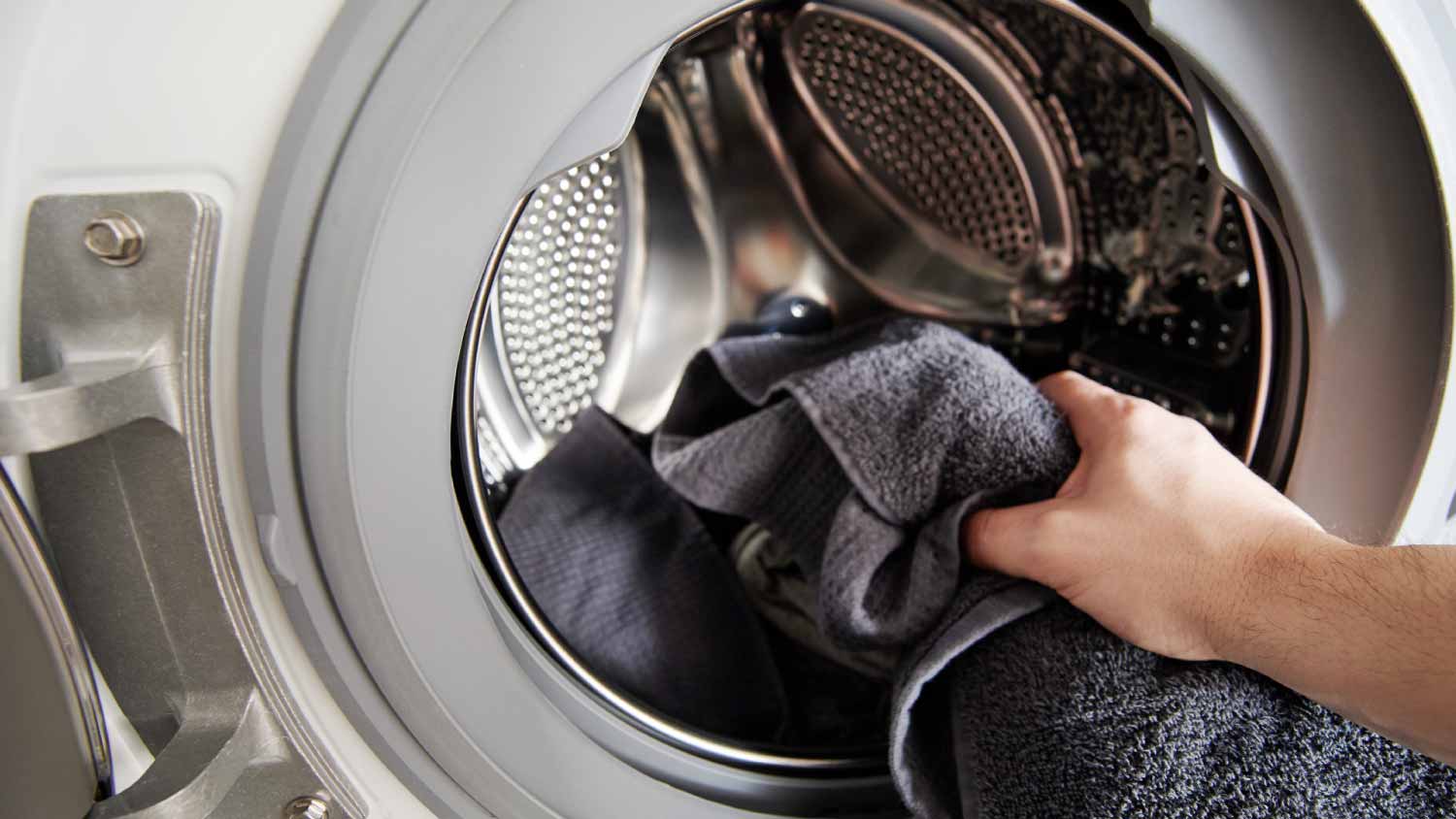
Several factors impact dryer vent installation cost. Use this guide to learn what affects the cost, and how much you should budget for this project.
March to the beat of the wash cycle


The drum of a washing machine is where the clothes go.
The type of washing machine drum depends on whether the machine is top-loading or front-loading.
Top-loading drums contain more complex parts than front-loading.
What is the drum of a washing machine? It’s essentially the appliance’s heart: It’s where you load and unload your laundry. The drum is more complex than it appears, with several different parts underneath the surface. Here’s a closer look at what the drum of a washer machine is and how it works to clean your clothes and linens.

The drum in a washing machine is the container that holds your laundry. It's also referred to as a tub or wash basket. Washing machine drums are usually made of stainless steel or base metal, although budget washing machines may have plastic drums.
Drums come in different capacities that depend on the washing machine model and the household size it is marketed to. The larger the load capacity, the larger the drum. There is more to the drum of a washer machine than meets the eye: It contains and connects to multiple important washing machine parts.
There are two chief types of washing machine drums: top-loading and front-loading. There are also inner and outer drums regardless of machine type.
Top-loading drums are used in top-loading machines, like agitator washers, impeller washers, and newer combination washers that use smaller agitators. Top-loading drums stand upright and spin on a vertical axis.
Top-loading drums use an agitator or impeller. Agitators are large posts in the center of the drum that create friction with rapid movement to fight heavy stains, grime, and dirt. Top-loading drums with impellers have higher capacities because they don't have an agitator taking up room. A disc or plate at the bottom creates friction with the clothes themselves.
Front-loading drums are found in washing machines where the door is located on the front. These drums spin on a horizontal axis and rely on tumbling movement that results in gentler cleaning without sacrificing effectiveness, with the bonus of enhanced energy efficiency.
Unlike top-loading drums, front-loading drums don’t contain impellers or agitators. This leaves more room for a very full load, and there are fewer parts that could eventually malfunction.
The drum that you can easily see and touch is the inner tub. Drums also have an outer tub.
Depending on the model of washing machine, this outer tub could only serve to hold the inner drum in place, or it might also assist with drainage. Most homeowners today have fully automatic washing machines where the outer tub is only for support. Older semi-automatic washing machines have separate tubs for getting the clothes sudsy and for spinning them.
If you see water pooling around the washing machine, it's likely that the outer tub leaked; you should contact a local washing machine pro rather than try to fix this problem yourself.
They did a great job replacing some valves around my condo. We had to coordinate with the city to turn off water upstream, so some of the work could be done. They were able to reschedule around when the city tech was available and Josh was right on time ready to go as soon as the tech turned...
Contractor fixed door and trim quickly and professionally.
Swiftly responded to the change orders, coordinated the materials supply efficiently. Finished the project ahead of time to the best of our satisfaction. He installed good products and appliances.
Did a very well and thorough job and worked around our schedule would definitely call her again
Gerat experience with Happy Again Appliance Service. Their service was prompt and professional.
Johe returned my call promptly and was able to come out a few hours later. He carefully diagnosed the problem, which was not easy. He did the repair properly and was very reasonably priced. I would highly recommend him for any appliance repair.
I do not write reviews often but decided to do one for Johe (pronounced Joey) with Silicon Valley Appliance Service and Repair because of the exceptional quality of his work. Our six-year-old Whirlpool all electric oven was taking forever to heat up and when the display said that it achieved...
Incompetent technician who could understand the problem. Ordered wrong parts. Took 3 months to repair, waiting on parts. Scheduled an appointment and never showed up. Phone call barely get answered.
Fast Refrigeration Service said they would arrive at my home between 3:00pm and 5:00pm. When Frank arrived, it was 5:20pm. He quickly removed the back panel from my refrigerator and told me it was the control board that needed to be replaced. He then told me it would cost $750 to replace. I...
I received a check for the insurance company for about 634. not enough to cover the damage. Campbell collision worked with the insurance company. Did the work on time and I never paid a $ out of my pocket. Very Responsiveness helpful and on time with the repairs and really great work.
From average costs to expert advice, get all the answers you need to get your job done.

Several factors impact dryer vent installation cost. Use this guide to learn what affects the cost, and how much you should budget for this project.

The cost to relocate washer and dryer hookups varies based on location, as well as whether your moving the appliances and adding new hookups. We’ve compiled a full price breakdown here.

Dryer repair costs as little as $10, but sometimes, replacing your dryer is more cost-effective. But if you have to make repairs, here’s how much it’ll cost.

Is repairing your oven worth it, or should you consider a replacement? There are several factors to consider when deciding to repair or replace.

There are several different types of stove burners for the home cook to consider. Check out these top cooktops for your kitchen renovation.

If you notice your dryer vent leaking water, you could be prone to mold growth and water damage. Use this DIY guide to remedy the issue right away.